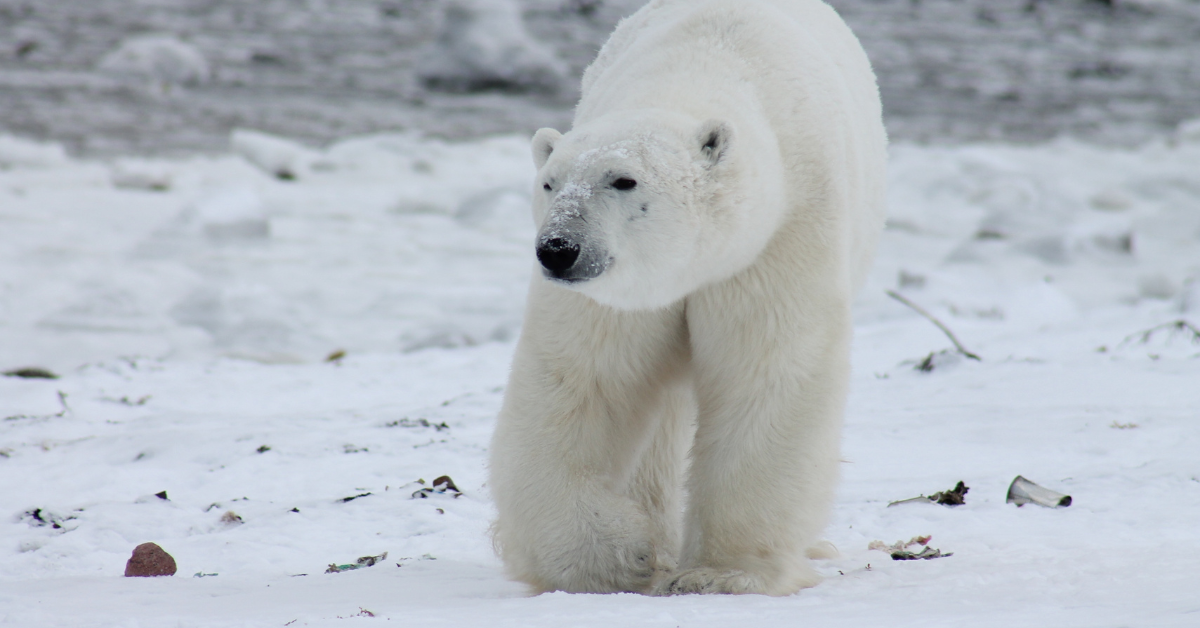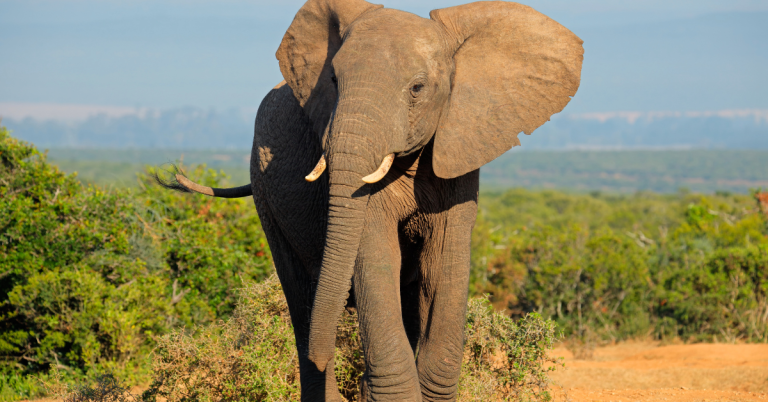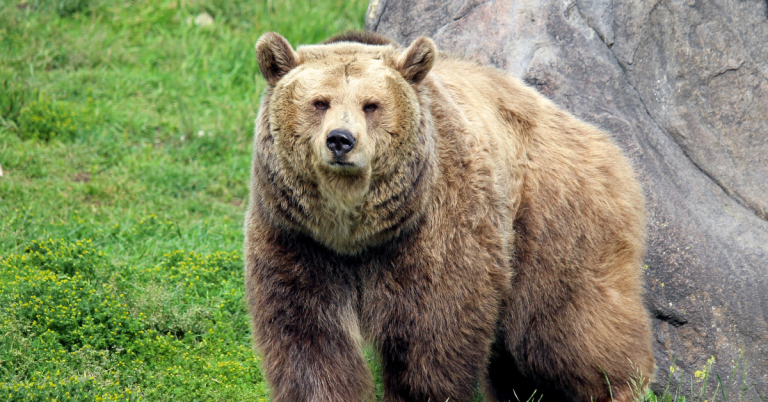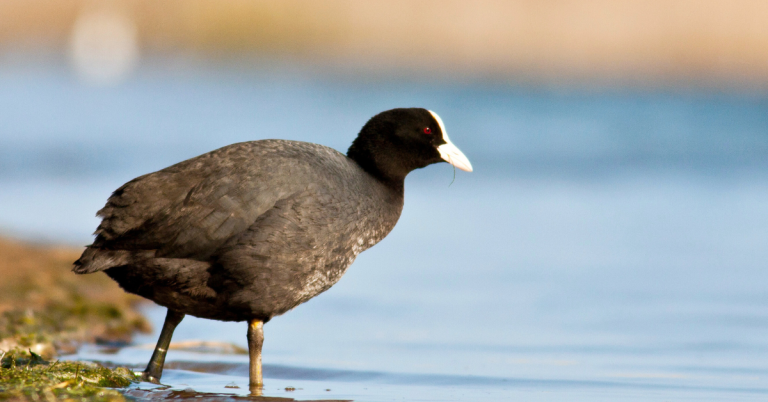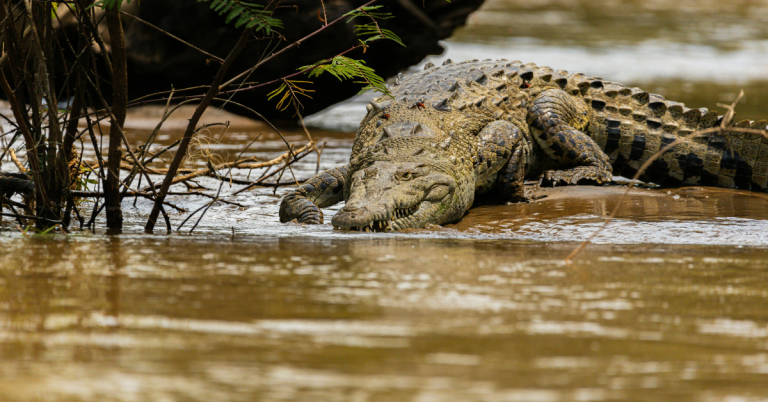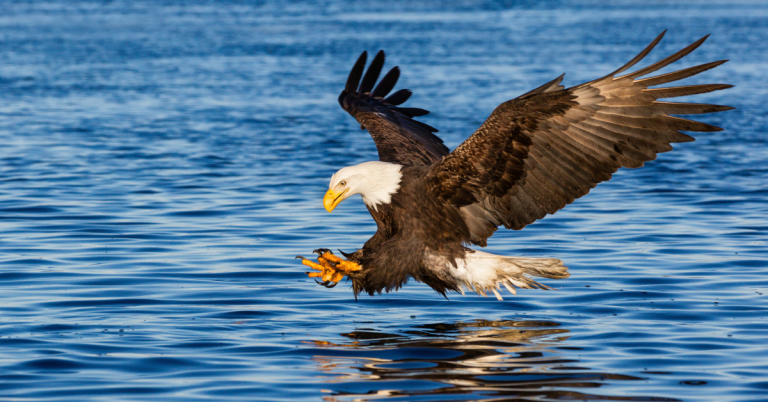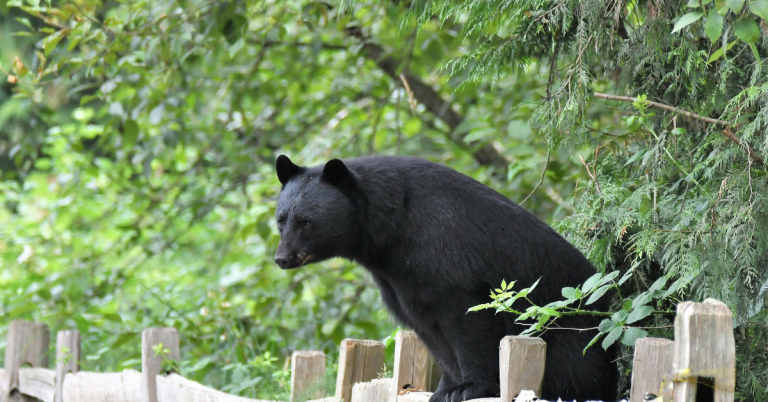Polar bear Hunting guide
Hunting polar bears is an endeavor that demands respect for both the magnificent animals and the Arctic environment they inhabit. In this comprehensive hunting guide, we’ll explore every facet of polar bear hunting, from understanding their behavior to ensuring ethical and responsible practices.
Understanding Polar Bear Behavior
Polar bears are apex predators adapted to the harsh Arctic environment. Understanding their behavior is crucial for a successful hunt. They primarily prey on seals, often found near ice edges or breathing holes. Knowing their movement patterns, hunting techniques, and preferred habitats is key to tracking and intercepting them.
Choosing the Right Hunting Location
Polar bear hunting takes place in remote and extreme environments, typically on the sea ice or coastal regions of the Arctic. Consult with experienced guides or outfitters familiar with polar bear habitats to select the most promising hunting locations. Ensure access to suitable ice conditions and adequate safety measures.
Effective Hunting Tactics
Due to the unpredictable nature of polar bear encounters, hunters must be well-prepared with effective tactics. Spot-and-stalk hunting, using high-powered rifles with scopes, is a common approach. Employing camouflage, scent control, and remaining downwind are crucial for a successful stalk. However, always prioritize safety and avoid unnecessary risks.
Ethical and Responsible Hunting
Responsible polar bear hunting is rooted in ethical considerations and conservation principles. Obtain the necessary permits and adhere strictly to hunting regulations and quotas established by local authorities or international treaties. Respect the bear as a formidable predator and ensure quick, humane kills to minimize suffering.
Field Dressing and Meat Processing
Efficient field dressing and meat processing are vital for preserving the quality of polar bear meat and fur. Proper equipment, including sharp knives and cold-weather gear, is essential. Process the meat promptly to prevent spoilage and utilize the fur ethically, respecting traditional Inuit practices and cultural sensitivities.
Species and Subspecies
Polar bears belong to a distinct species, Ursus maritimus, adapted to the Arctic environment. Understanding their biology, including size, behavior, and habitat preferences, is essential for effective hunting strategies. Recognize the significance of polar bears as both a charismatic species and a symbol of climate change vulnerability.
Hunting Legality by Area
Polar bear hunting is subject to strict regulations and international agreements due to their vulnerable conservation status. Research the legality of hunting in specific regions, including permits, quotas, and restrictions on trophy importation. Stay informed about evolving conservation efforts and support sustainable management practices.
Legal and Cross-Border Considerations
If planning a polar bear hunt in international waters or across borders, be aware of legal and logistical considerations. Obtain permits and documentation from relevant authorities, and ensure compliance with regulations governing wildlife importation and firearm transportation. Respect local customs and Indigenous rights.
Safety Tips
Hunting polar bears presents unique safety challenges due to the remote and harsh Arctic environment. Prioritize safety above all else, including thorough preparation, emergency communication devices, and survival gear. Follow guidelines for polar bear deterrents and practice situational awareness to minimize risks to both hunters and bears.
FAQs
Where is the best place to hunt for polar bear?
Polar bear hunting typically occurs in Arctic regions with accessible sea ice or coastal habitats where bears are active.
What is the best time to hunt for polar bear?
The best time for polar bear hunting varies by location and ice conditions but generally coincides with periods of concentrated bear activity, such as during the fall freeze-up.
Hunting methods: Spot-and-stalk hunting is common, but hunters may also use baiting or hunting from vessels in some regions.
What is the reason for polar bear hunting?
Polar bear hunting, when conducted responsibly and sustainably, can contribute to local economies, cultural traditions, and wildlife management efforts.
